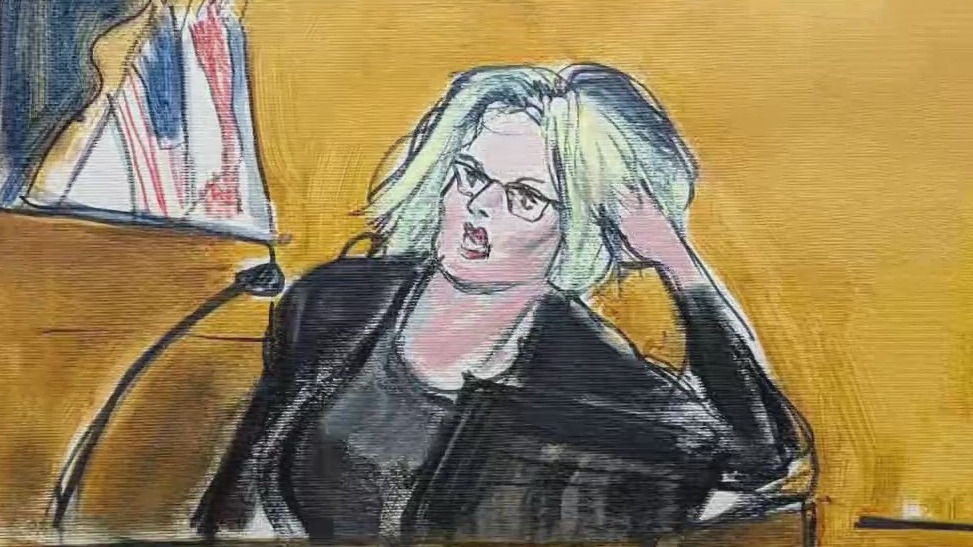Trump trial sketch artist explains her craft
- Elizabeth Williams is one of the Trump hush money trial artists
- Video, audio recording is banned in the high profile proceeding
- Having ‘a news sense,’ knowing what reporters need, is top priority
(NewsNation) — A fleeting image? “You’re probably not going to get it.”
A specific pose, like Stormy Daniels with her hand on her head? “You just have to grab that really quick.”
But courtroom sketch artist Elizabeth Williams says her job is much easier when a person stays still: “They’ve got to be in a position for a period of time or else you can’t draw that picture.”
Like former President Donald Trump appearing to fall asleep during jury selection for his hush money trial: “That was so odd. I haven’t really seen a defendant do that,” she told NewsNation’s “On Balance.”
Williams, who’s drawing the trial for the Associated Press, is one of three sketch artists inside the Trump trial courtroom, which doesn’t allow cameras. She says her top priority is to predict what images reporters will need to illustrate their stories.
“You have to have a news sense. The only reason why we’re doing these drawings is so they can be on the news and fit with what journalists … are reporting. So we have to sense what is an important aspect of a testimony.”
A prime example occurred Tuesday, when Stormy Daniels briefly bent her arm and rested her head on her hand.

“She was describing how she found Donald Trump on the bed, that was so important,” said Willliams. She says, in moments like that, capturing an accurate likeness is not so urgent.
“You’re more concerned about getting that moment down that’s gotta match what the reporters are reporting.”
She says, in that bit of testimony, “it was so important to her description of the encounter.”
Williams began working courtrooms in 1980 in Los Angeles at the Hillside Strangler trial and the antitrust trial of Al Davis, owner of the then-Los Angeles Raiders.
Her work has appeared in books, hung in museums and been acquired by the Library of Congress.
She’s part of a profession that’s a fraction of what it used to be as more courts allow cameras to record trials. New York, Louisiana and Washington, D.C., are among the last places that restrict video coverage of most trials.









